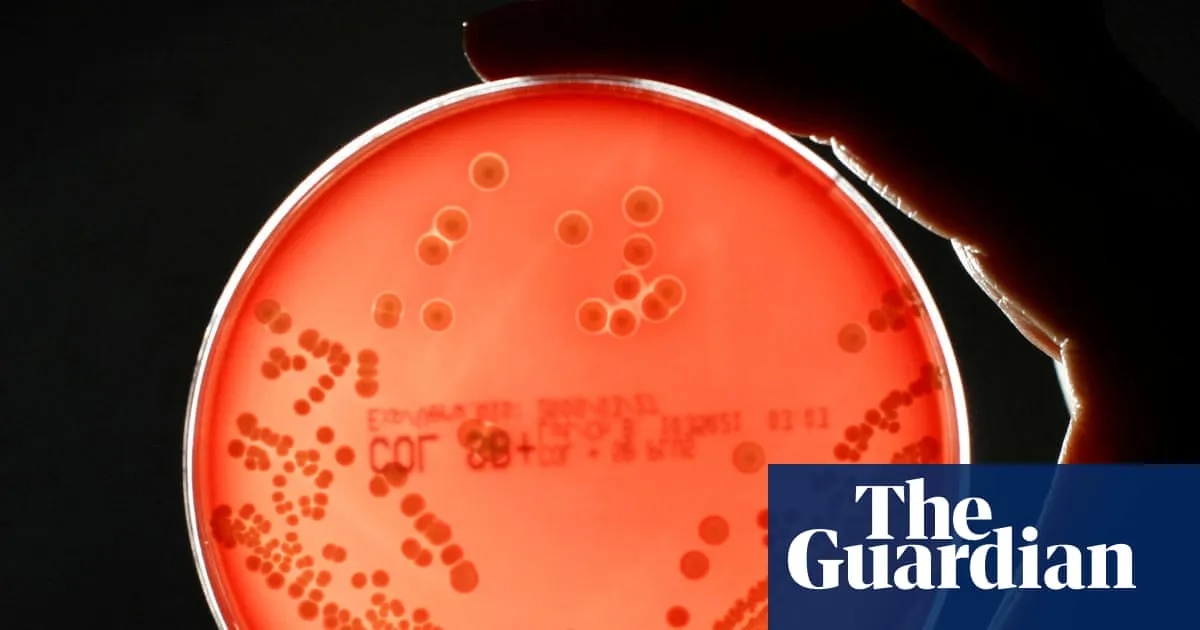
Superbugs could lead to millions of additional deaths worldwide and cost the global economy nearly $2 trillion annually by 2050, according to recent modeling studies. A comprehensive study funded by the UK government highlights that without decisive action, the escalating rates of antimicrobial resistance (AMR) could result in global GDP losses of approximately $1.7 trillion over the next 25 years.
The research, conducted by the Center for Global Development think tank, indicates that economies in the US, UK, and the EU would be among the most severely affected. This has raised concerns that recent significant cuts to aid are counterproductive in the fight against AMR. On Thursday, the UK government announced it would be cutting funding for the Fleming Fund, which works to combat AMR in low- and middle-income countries, as part of broader aid reductions.
In the US, the Trump administration has confirmed $9 billion in reductions to its foreign aid budget, while several European nations have also scaled back their overseas aid spending. Anthony McDonnell, the lead author of the study and a policy fellow at the Center for Global Development, stated, “When we conducted our research on the economic impacts of antimicrobial resistance, we anticipated that resistance rates would continue to follow historical trends.”
McDonnell warned that the abrupt cuts to Official Development Assistance by the US—approximately 80%—and similar reductions by the UK, which is lowering its aid from 0.5% to 0.3% of gross national income, could exacerbate resistance rates, aligning with the most pessimistic forecasts from their research. He emphasized that even nations that have successfully managed to control AMR cannot afford to be complacent. Protecting AMR programs from aid cuts is crucial to prevent a rise in resistance rates globally.
This potential increase in AMR rates could lead to millions more deaths, even within G7 nations. McDonnell concluded, “Investing in treatment for bacterial infections now will save lives and deliver billions in long-term economic returns.”
The study assessed the economic and health burden of antibiotic resistance across 122 countries. In the most pessimistic scenario predicted for 2050, GDP losses in China could reach nearly $722 billion annually, the US could face losses of $295.7 billion, while the EU, Japan, and the UK would see losses of $187 billion, $65.7 billion, and $58.6 billion, respectively. According to the Institute for Health Metrics and Evaluation (IHME), deaths attributed to AMR are expected to rise by 60% by 2050, with projections indicating that 1.34 million people in the US and 184,000 in the UK could die each year from infections caused by antibiotic-resistant bacteria.
The prevalence of superbugs is anticipated to increase hospital admissions, resulting in longer stays and more complex care requirements. In fact, resistant infections are estimated to be twice as expensive to treat as infections that respond to antibiotics. The study estimates that the global health costs associated with treating AMR could surge by nearly $176 billion annually. In the UK, these costs would escalate from $900 million to $3.7 billion, while in the US, they would rise from $15.5 billion to just under $57 billion.
Furthermore, higher rates of resistant bacteria are projected to shrink workforces in the UK, EU, and US by 0.8%, 0.6%, and 0.4%, respectively. However, if countries increase their investment in combating superbugs—by enhancing access to new antibiotics and high-quality treatments—the US economy could see an annual growth of $156.2 billion, and the UK could benefit by $12 billion (£9.3 billion) by 2050.
Dr. Mohsen Naghavi, a professor of health metrics at IHME, remarked, “Today the threat of AMR is increasing, and without immediate action from all stakeholders, the medicines we currently rely on could become ineffective, turning simple infections into life-threatening conditions.” This necessitates policy changes from the US, UK, and European governments, the development of new pharmaceuticals, and widespread education on the ineffectiveness of antibiotics against viruses.
A spokesperson for the UK government stated, “Our 10-year health plan recognizes antimicrobial resistance as a major threat and commits to urgently address its spread, including through the development of new vaccines. We have made significant progress—reducing antibiotic use in livestock and pioneering a world-first subscription model to incentivize the development of new treatments. We also continue to collaborate closely with international partners to influence global efforts aimed at curbing the spread of AMR.”